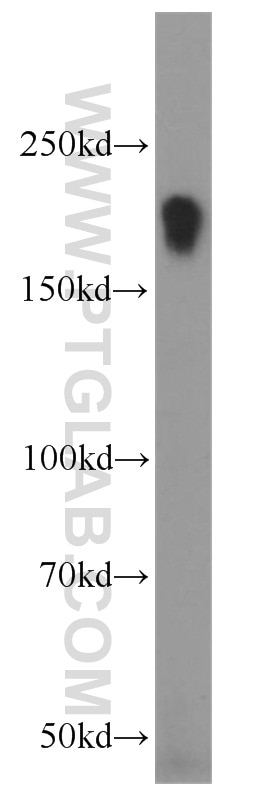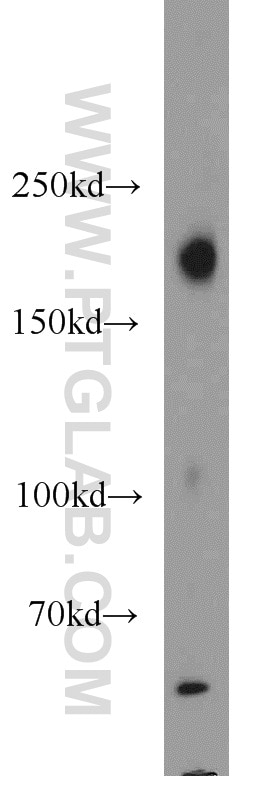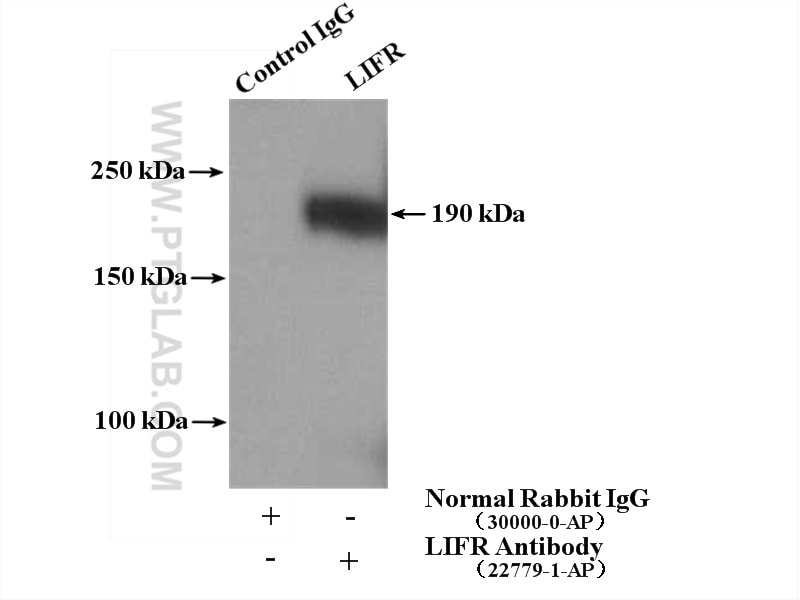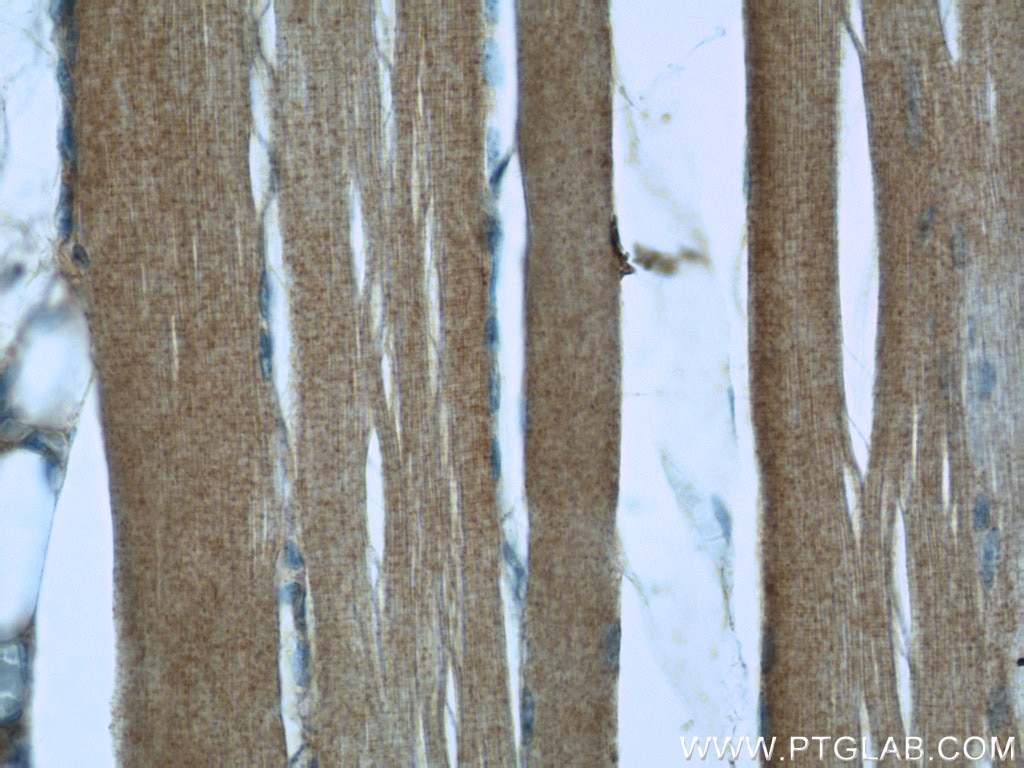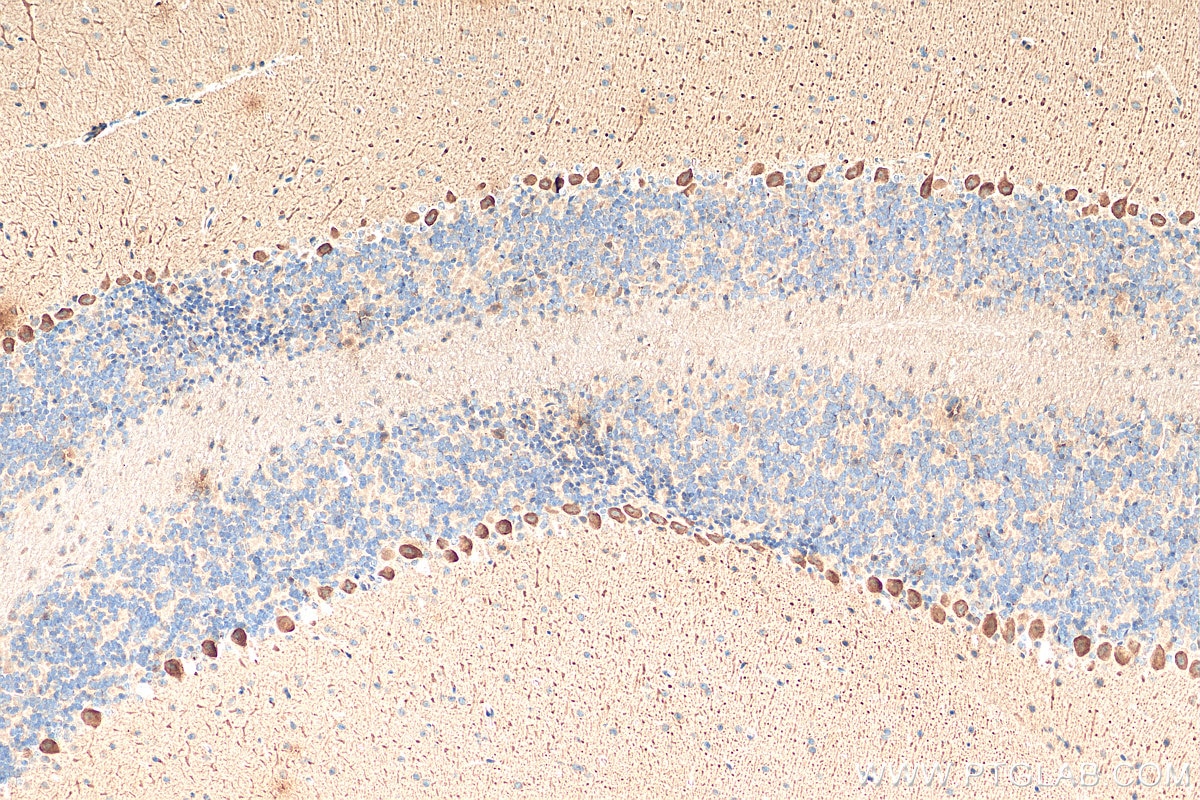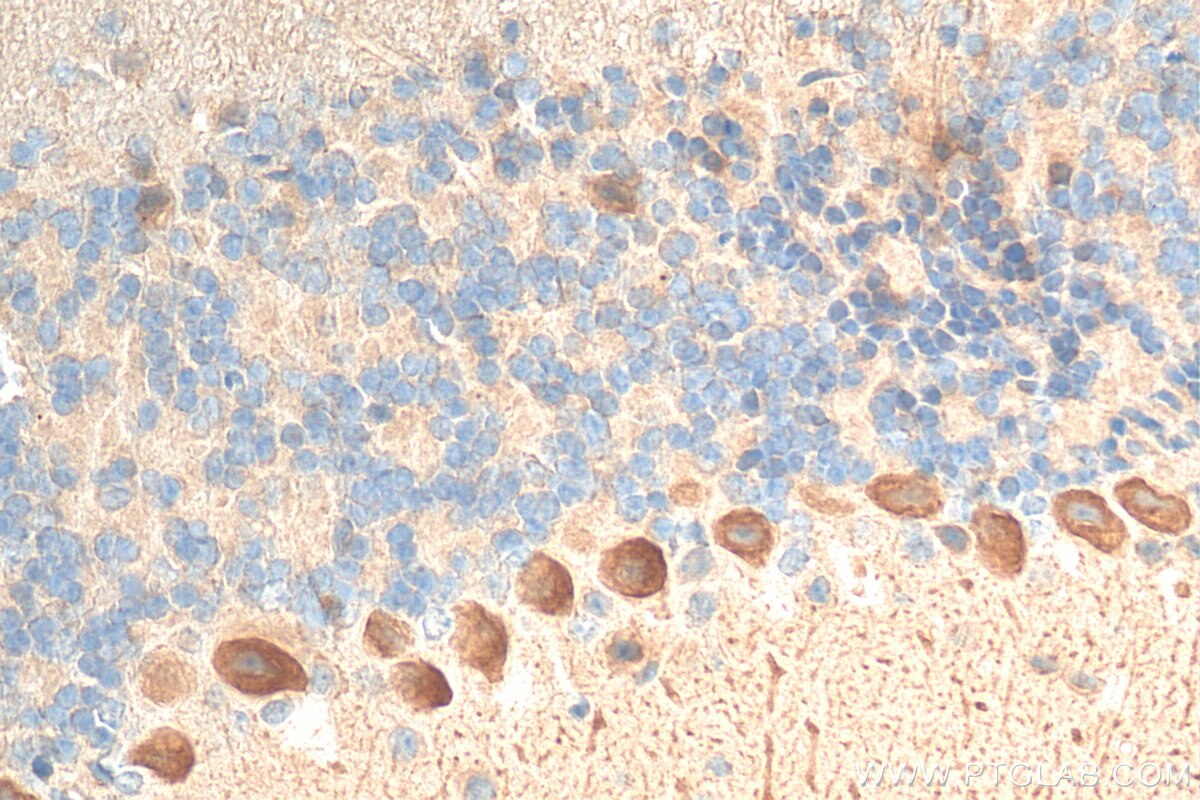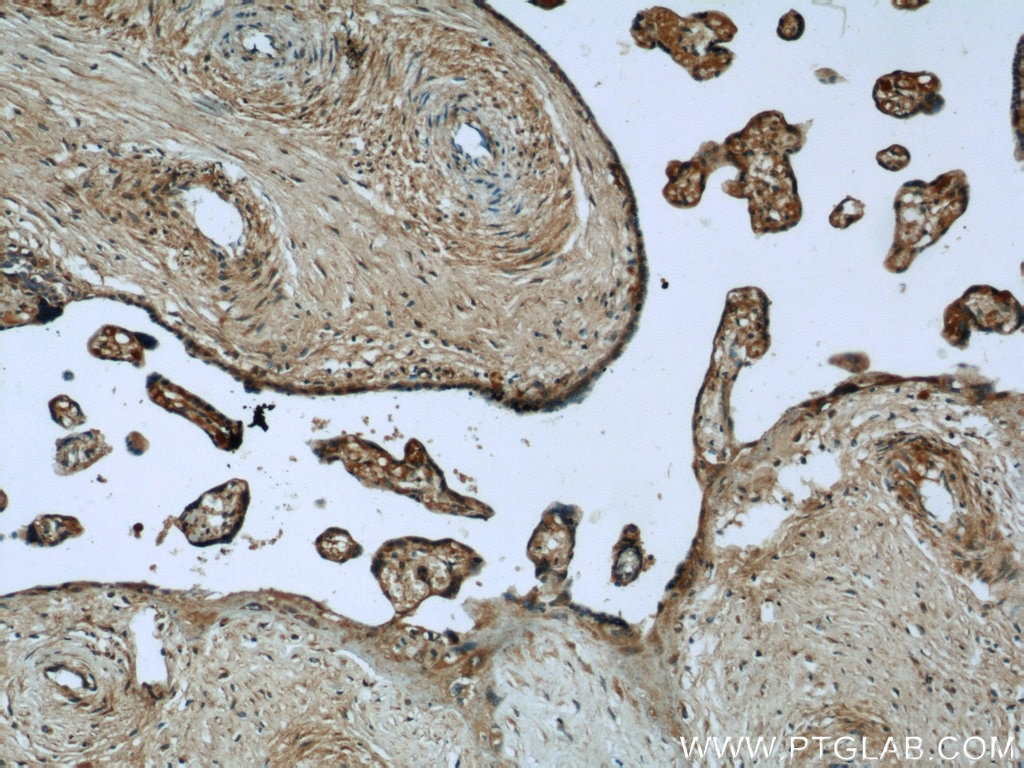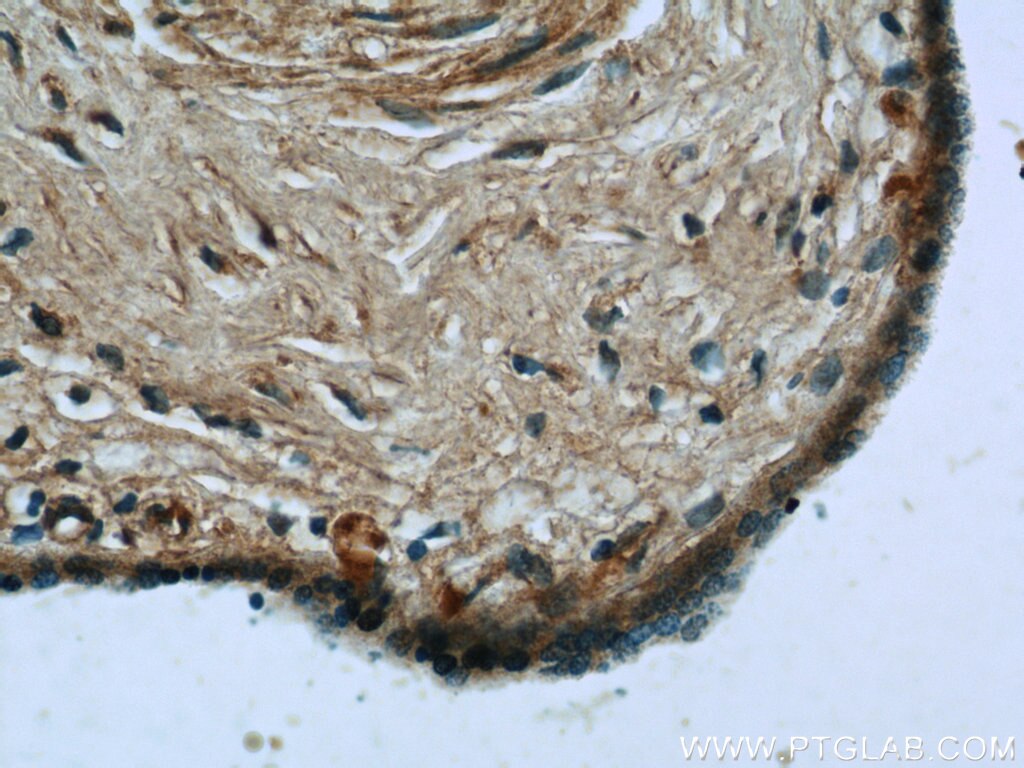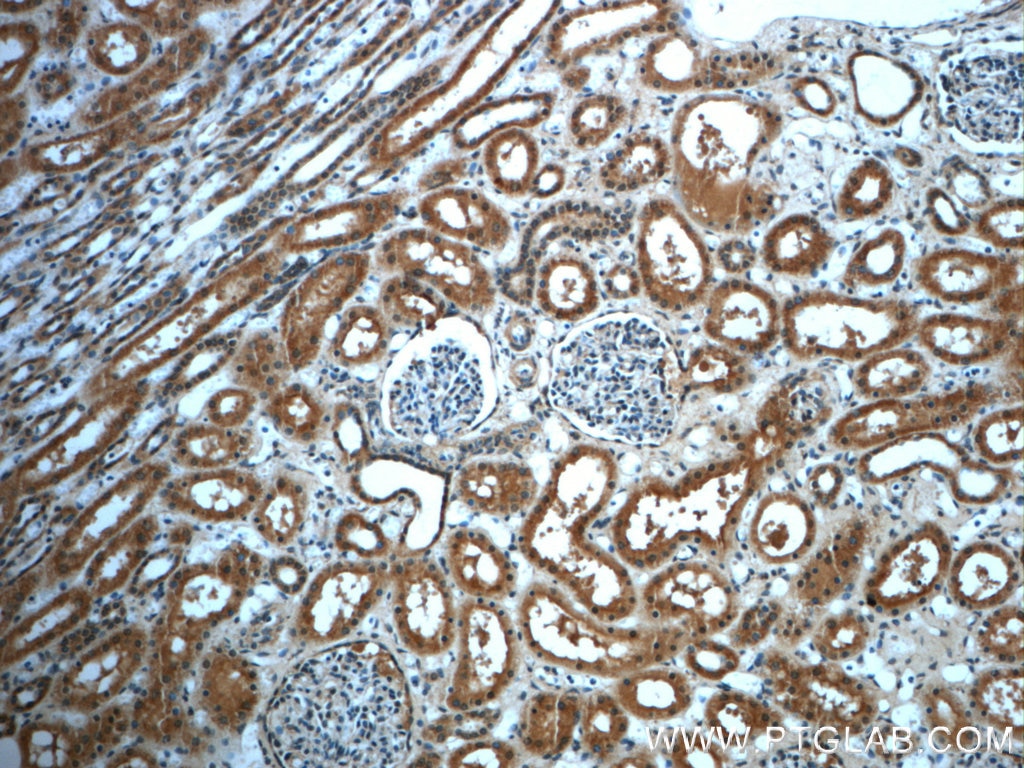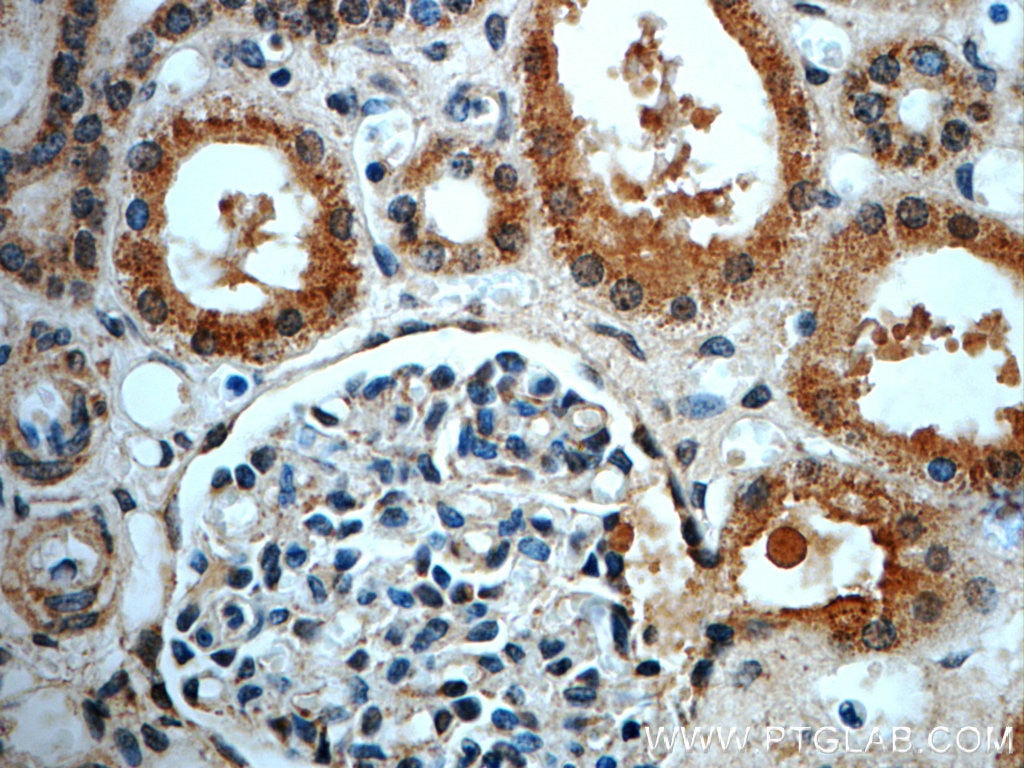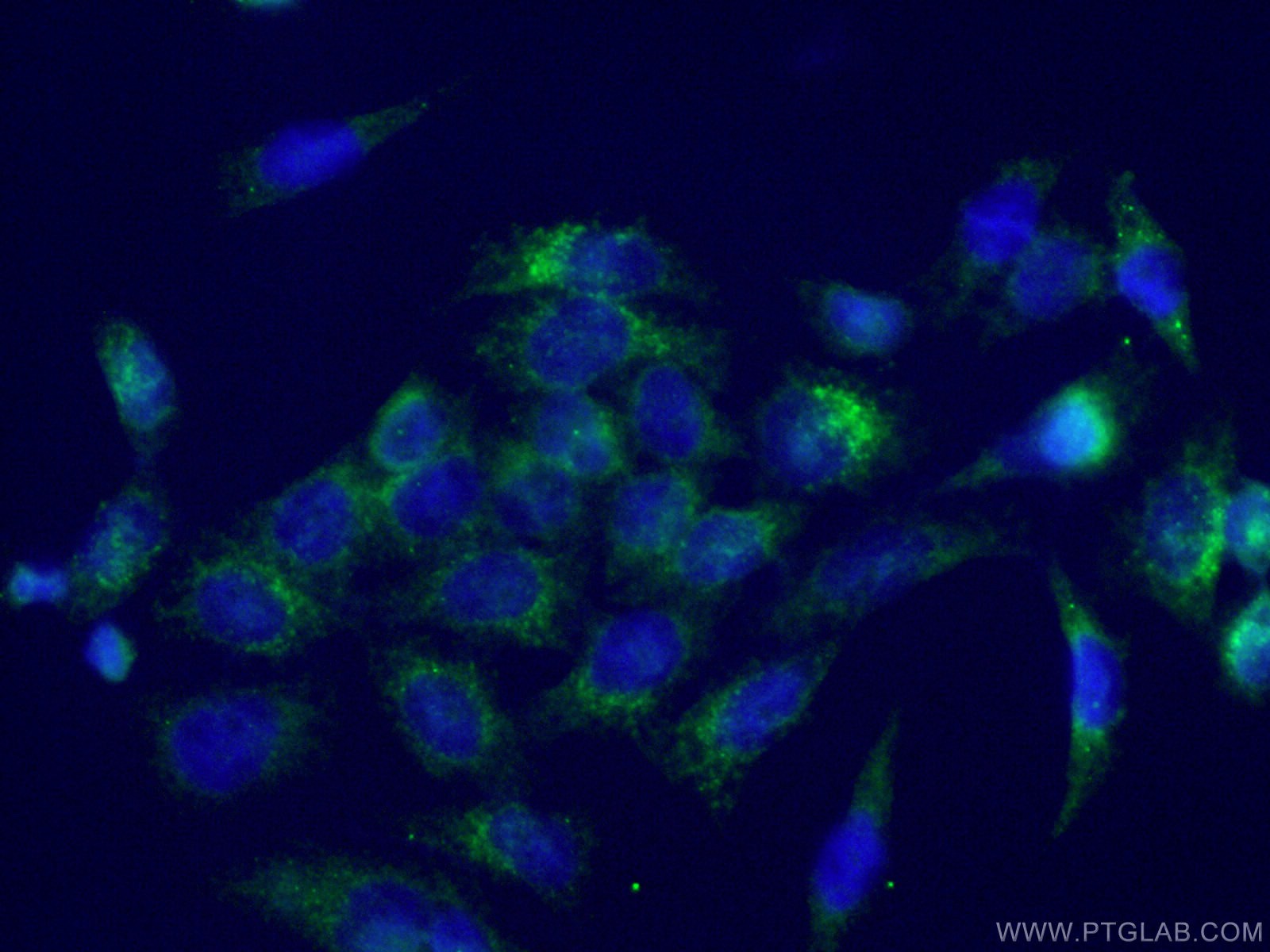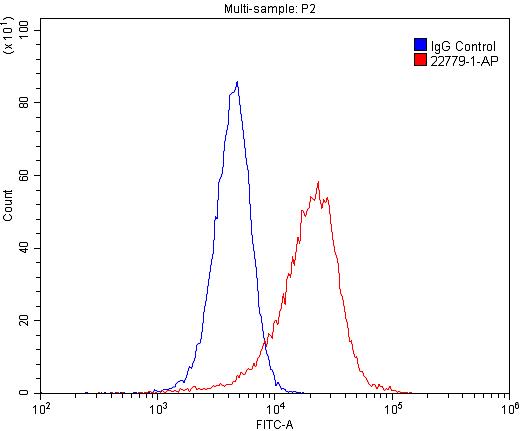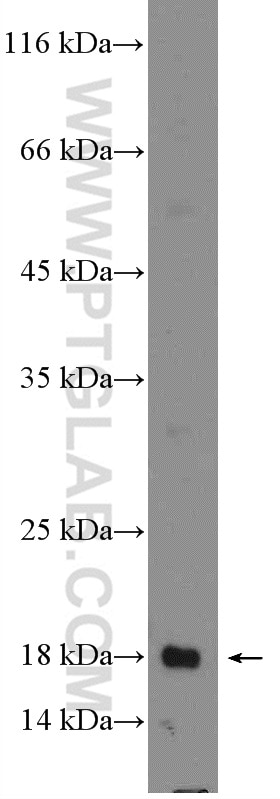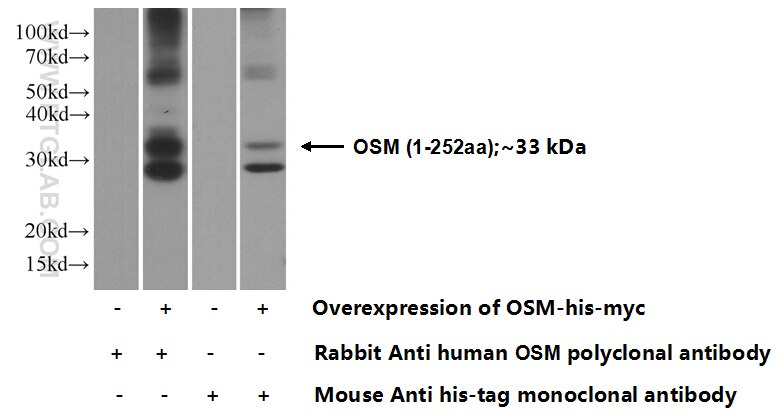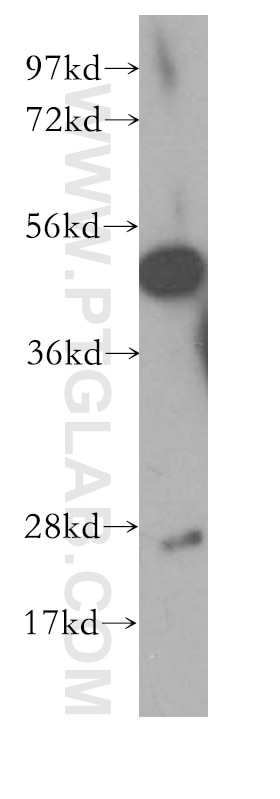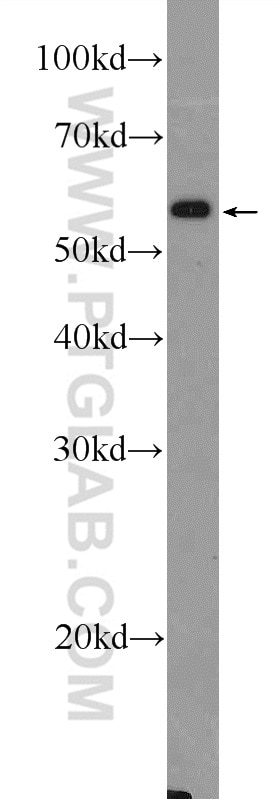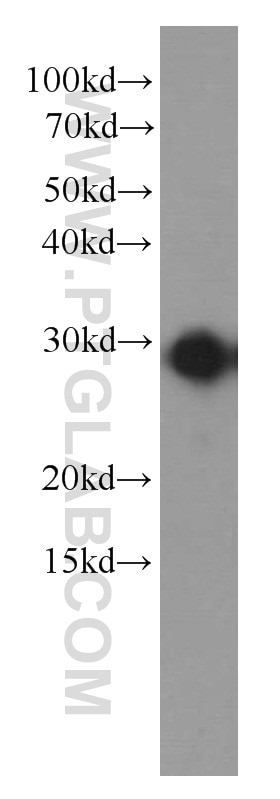- Featured Product
- KD/KO Validated
LIFR Polyklonaler Antikörper
LIFR Polyklonal Antikörper für FC, IF, IHC, IP, WB, ELISA
Wirt / Isotyp
Kaninchen / IgG
Getestete Reaktivität
human, Maus
Anwendung
WB, IP, IHC, IF, FC, ELISA
Konjugation
Unkonjugiert
Kat-Nr. : 22779-1-AP
Synonyme
Galerie der Validierungsdaten
Geprüfte Anwendungen
| Erfolgreiche Detektion in WB | humanes Skelettmuskelgewebe, Maus-Skelettmuskelgewebe |
| Erfolgreiche IP | Maus-Skelettmuskelgewebe |
| Erfolgreiche Detektion in IHC | humanes Skelettmuskelgewebe, humanes Nierengewebe, humanes Plazenta-Gewebe, Maus-Cerebellum-Gewebe Hinweis: Antigendemaskierung mit TE-Puffer pH 9,0 empfohlen. (*) Wahlweise kann die Antigendemaskierung auch mit Citratpuffer pH 6,0 erfolgen. |
| Erfolgreiche Detektion in IF | HeLa-Zellen |
| Erfolgreiche Detektion in FC | HeLa-Zellen |
Empfohlene Verdünnung
| Anwendung | Verdünnung |
|---|---|
| Western Blot (WB) | WB : 1:500-1:1000 |
| Immunpräzipitation (IP) | IP : 0.5-4.0 ug for 1.0-3.0 mg of total protein lysate |
| Immunhistochemie (IHC) | IHC : 1:20-1:200 |
| Immunfluoreszenz (IF) | IF : 1:50-1:500 |
| Durchflusszytometrie (FC) | FC : 0.20 ug per 10^6 cells in a 100 µl suspension |
| It is recommended that this reagent should be titrated in each testing system to obtain optimal results. | |
| Sample-dependent, check data in validation data gallery | |
Veröffentlichte Anwendungen
| KD/KO | See 1 publications below |
| WB | See 13 publications below |
| IHC | See 4 publications below |
| IF | See 3 publications below |
Produktinformation
22779-1-AP bindet in WB, IP, IHC, IF, FC, ELISA LIFR und zeigt Reaktivität mit human, Maus
| Getestete Reaktivität | human, Maus |
| In Publikationen genannte Reaktivität | human, Maus |
| Wirt / Isotyp | Kaninchen / IgG |
| Klonalität | Polyklonal |
| Typ | Antikörper |
| Immunogen | LIFR fusion protein Ag18742 |
| Vollständiger Name | leukemia inhibitory factor receptor alpha |
| Berechnetes Molekulargewicht | 1097 aa, 124 kDa |
| Beobachtetes Molekulargewicht | 190 kDa |
| GenBank-Zugangsnummer | BC153096 |
| Gene symbol | LIFR |
| Gene ID (NCBI) | 3977 |
| Konjugation | Unkonjugiert |
| Form | Liquid |
| Reinigungsmethode | Antigen-affinitätsgereinigt |
| Lagerungspuffer | PBS mit 0.02% Natriumazid und 50% Glycerin pH 7.3. |
| Lagerungsbedingungen | Bei -20°C lagern. Nach dem Versand ein Jahr lang stabil Aliquotieren ist bei -20oC Lagerung nicht notwendig. 20ul Größen enthalten 0,1% BSA. |
Hintergrundinformationen
LIFR, also known as CD118, is a subunit of a receptor for leukemia inhibitory factor (LIF). LIF is a pleiotropic cytokine of the interleukin-6 family which affects the differentiation, survival, and proliferation of a wide variety of cells in the adult and the embryo. LIFR is the low-affinity binding chain that, together with the high-affinity converter subunit gp130, forms a high-affinity receptor complex that mediates the action of LIF. The high-affinity complex also binds a related cytokine, oncostatin M (PMID: 8999038). LIFR has also been identified as a breast cancer metastasis suppressor that functions through the HIPPO-YAP pathway (PMID: 23001183).
Protokolle
| Produktspezifische Protokolle | |
|---|---|
| WB protocol for LIFR antibody 22779-1-AP | Protokoll herunterladen |
| IHC protocol for LIFR antibody 22779-1-AP | Protokoll herunterladen |
| IF protocol for LIFR antibody 22779-1-AP | Protokoll herunterladen |
| IP protocol for LIFR antibody 22779-1-AP | Protokoll herunterladen |
| FC protocol for LIFR antibody 22779-1-AP | Protokoll herunterladen |
| Standard-Protokolle | |
|---|---|
| Klicken Sie hier, um unsere Standardprotokolle anzuzeigen |
Publikationen
| Species | Application | Title |
|---|---|---|
Nat Commun A targetable LIFR-NF-κB-LCN2 axis controls liver tumorigenesis and vulnerability to ferroptosis.
| ||
Clin Transl Med Aptamer-SH2 superbinder-based targeted therapy for pancreatic ductal adenocarcinoma. | ||
Hum Mol Genet Mutations in the leukemia inhibitory factor receptor (LIFR) gene and Lifr deficiency cause urinary tract malformations. | ||
J Exp Clin Cancer Res miR-589 promotes gastric cancer aggressiveness by a LIFR-PI3K/AKT-c-Jun regulatory feedback loop. | ||
Biotechnol Bioeng Enzyme-free cell detachment mediated by resonance vibration with temperature modulation. |
Rezensionen
The reviews below have been submitted by verified Proteintech customers who received an incentive forproviding their feedback.
FH Clarisse (Verified Customer) (12-12-2022) | Low signal, regardless of the method of fixation.
|
